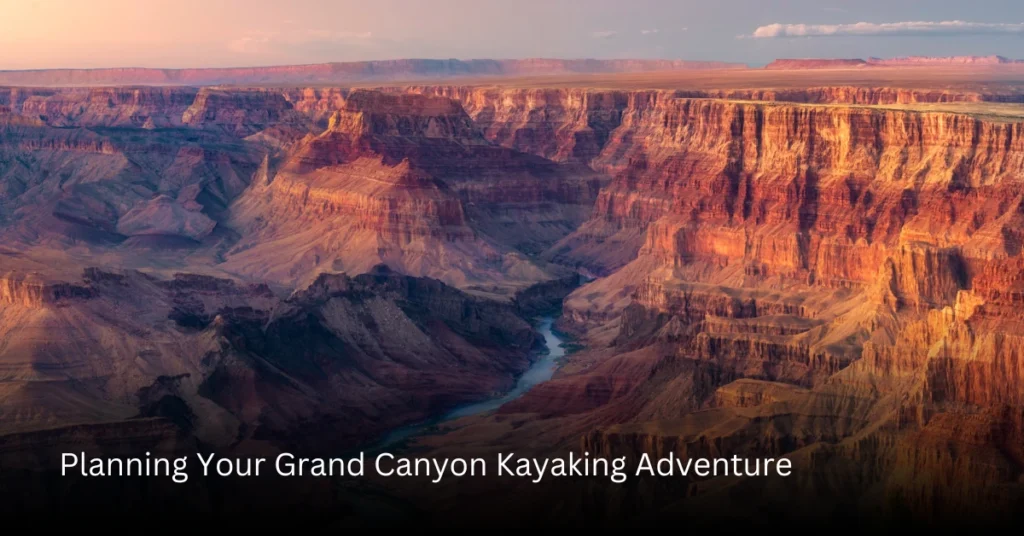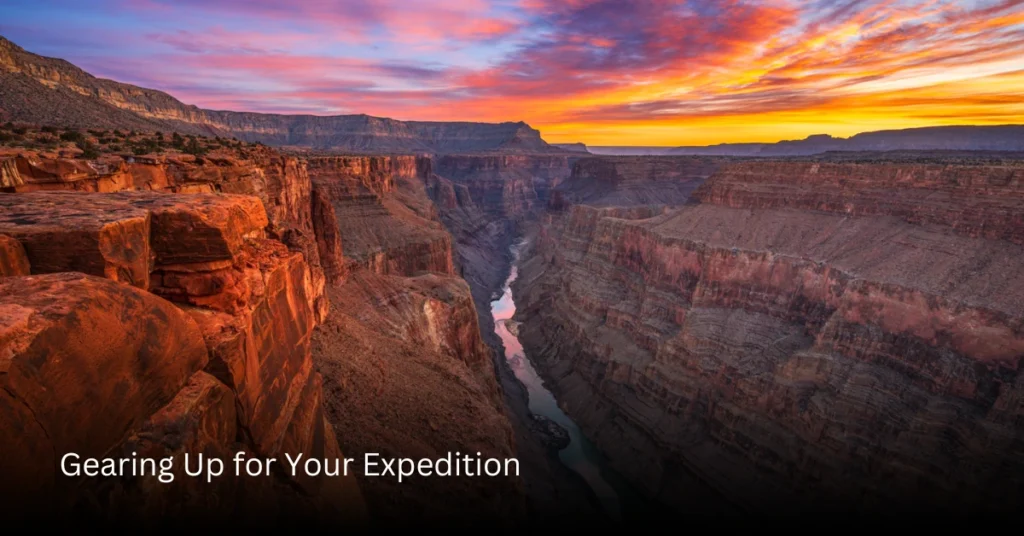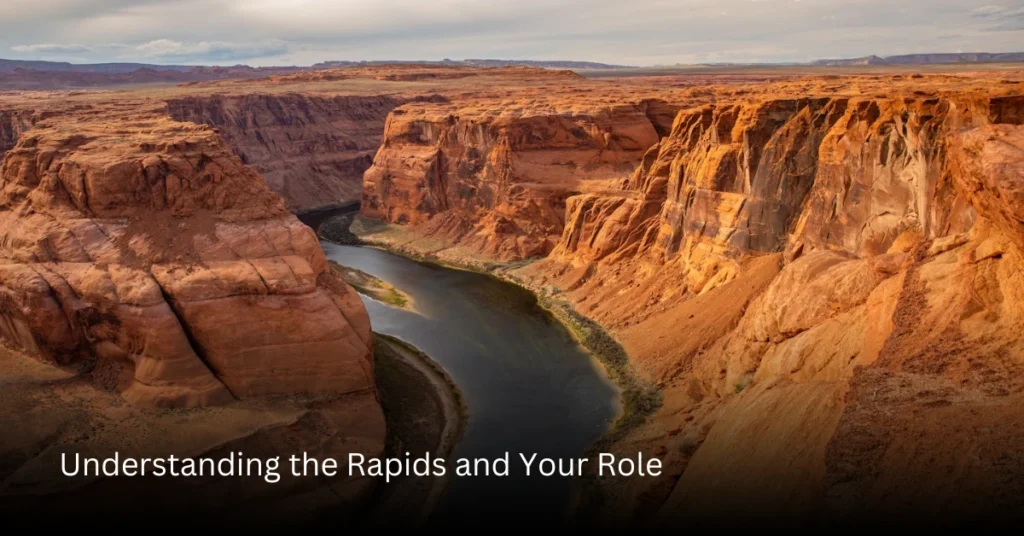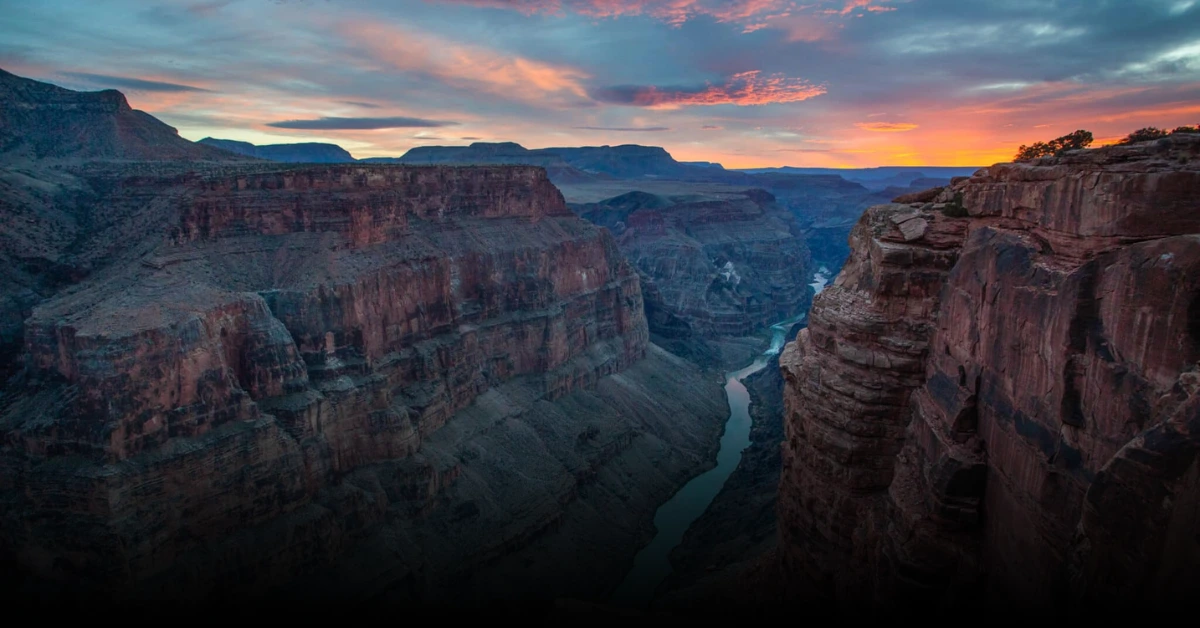I remember spending hours poring over National Park Service (NPS) permit requirements, diving deep into forums, and even reaching out to outfitters. The sheer volume of information was daunting, and I often found myself wondering, “Where do I even begin?” That’s precisely why I’ve distilled all that knowledge into this guide.
Table of Contents
Your Journey Begins: Planning Your Grand Canyon Kayaking Adventure

This is where most people get overwhelmed, but I’m here to simplify it for you. From my own deep dives into the permit process, I know this is often the biggest hurdle.
Securing Your “Golden Ticket”: Permits & Regulations
This is the non-negotiable first step. I remember feeling a mix of excitement and trepidation when first learning about the permit system .
1. The Weighted Lottery System (NPS): For self-guided (non-commercial) trips, the Grand Canyon National Park uses a highly competitive weighted lottery. You typically apply in February for trips launching the following year.
The great news for you is that if you apply unsuccessfully, your future applications gain more “weight,” slightly increasing your odds.
2. Non-commercial vs. Commercial Trips: What’s Right for You?
Self-Guided (Non-Commercial): This is the ultimate adventure. You organize your group, bring all your gear, and manage every aspect. This requires significant whitewater experience, leadership, and a deep understanding of river safety.
Guided (Commercial): For most aspiring Grand Canyon kayakers, a commercial trip with a licensed outfitter is the most realistic and often the safest way to go. These companies handle all the permits, gear, food, and provide seasoned guides.
Many offer “hybrid” trips where you can paddle an inflatable kayak while a larger oar raft carries the bulk of the gear. This is generally the most accessible way for you to experience kayaking in the Canyon.
Choosing Your Adventure Length: Trips can vary from shorter 2-5 day excursions (often starting from Diamond Creek) to epic 12-25 day descents from Lees Ferry (Mile 0) all the way to Diamond Creek (Mile 226) or Pearce Ferry (Mile 280).
Hualapai Tribal Permits: If your trip exits at Diamond Creek or continues further downstream to Pearce Ferry, you’ll be on Hualapai tribal land. You will need an additional permit from the Hualapai Nation, which your outfitter will handle on a commercial trip.
When to Go: Timing Your Grand Canyon Journey
The Canyon’s weather is extreme, and river conditions vary significantly. Planning your trip around the seasons is crucial.
1. Spring (April-June): Generally cooler air (60-80°F, based on averages I’ve noted) and higher water levels from snowmelt. This often means faster currents and more challenging rapids.
2. Summer (July-September): Expect inner canyon temperatures often exceeding 100°F. Water levels are more stable, leading to calmer waters in flatter sections. However, you’ll need to be prepared for the monsoon season, which can bring afternoon thunderstorms and flash floods, potentially making the river muddy.
3. Early Fall (October): Often considered the sweet spot. Milder temperatures (70-90°F), stable water flows, and fewer crowds offer a wonderfully serene experience.
4. One Constant: Cold Water: This is a critical point I constantly heard from seasoned paddlers: the Colorado River water remains consistently cold (around 50-55°F) year-round because it’s released from Glen Canyon Dam.
Gearing Up for Your Expedition: Prepare for Success

Your gear isn’t just about comfort; it’s about your safety and overall enjoyment.
Your Vessel for Adventure: The Kayak Itself
1. Inflatable Kayaks (Duckies): These are incredibly popular for Grand Canyon trips, even with commercial outfitters. They are stable, forgiving, and surprisingly capable in whitewater, making them an excellent choice for you if you’re looking for an active paddling experience.
2. Hardshell Kayaks: While possible, these are less common for multi-day Grand Canyon trips due to the logistical challenges and the higher skill level required for larger rapids.
3. Paddle & Spare: A sturdy paddle is obvious, but a spare is non-negotiable. You don’t want to be caught without one in the middle of nowhere!
Camping & Personal Items: Smart Packing for a Dry Adventure
1. Dry Bags (Your Best Friend!): Invest in multiple sizes and types of high-quality dry bags. These are absolutely crucial for keeping your sleeping bag, clothes, and electronics bone-dry.
2. Sleeping System: A warm sleeping bag and a comfortable sleeping pad are vital for restful nights under the stars.
3. Water Filtration: A reliable water filter or purification tablets are essential, as the river water is not potable without treatment.
4. Headlamp/Lantern: With spare batteries, for navigating camp after dark.
5. Camera: A waterproof camera or a robust waterproof case for your phone is highly recommended to capture the incredible scenery.
Navigating the Colorado River: Understanding the Rapids and Your Role

The Colorado River within the Grand Canyon is a dynamic force. It’s home to some of the most famous and challenging whitewater in the world, but it also offers long stretches of serene flatwater for your peaceful enjoyment.
Understanding the Rapids: The Grand Canyon Scale
The Grand Canyon uses its own unique rapid classification system, from 1 (easy riffle) to 10 (extremely difficult). A Class 10 rapid here is roughly equivalent to a Class IV+ on the international scale. This means what might be a moderate rapid elsewhere could be a “Class 4-5” in the Canyon, so be prepared for the unique challenge.
Famous Rapids You Might Encounter
Names like Lava Falls (an infamous Class 8-10, known for its huge hydraulics and massive waves), Crystal Rapid (Class 7-10, formed by a massive flash flood), and Hance Rapid (Class 7-8) are legendary.
River Safety: Your Calm Confidence
Experienced kayakers learn to “read” the river – identifying the “tongue” (the V-shaped smooth water leading into a rapid, indicating the main current), eddy lines, and wave trains. Safety in rapids is paramount: maintain a calm demeanor, communicate clearly with your group, and always know your limits.
Conclusion
Kayaking the Colorado River through the Grand Canyon is more than just an adventure; it’s a transformative experience. It’s an immersion in a landscape so grand it redefines your sense of scale, a challenge that builds character, and an opportunity for unforgettable memories that will last a lifetime.
Share this content:


6 thoughts on “Grand Canyon Kayaking: Your Complete Guide to Navigating the Colorado River”